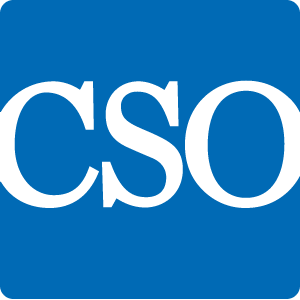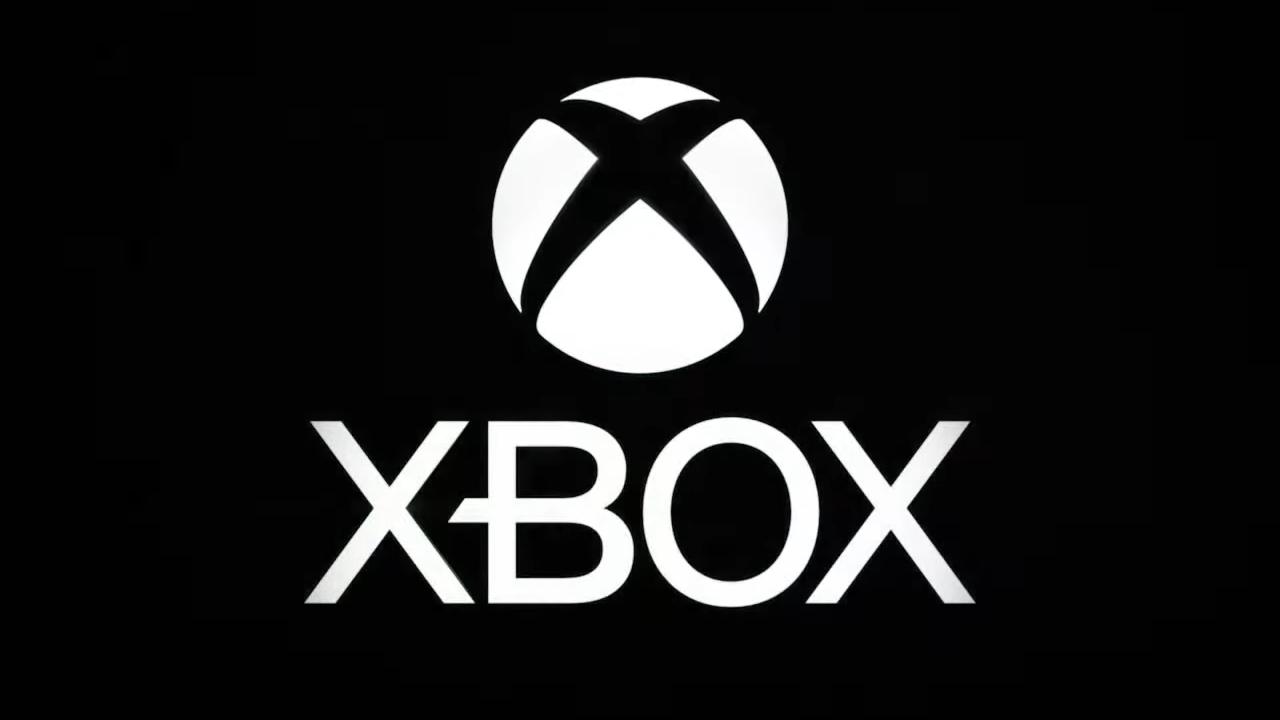After 71 rounds and nearly $80.7 billion in bids raised, the C Band auction bidding is slowing, with prices settled for most of the licenses and fewer than 25 license products still under contention.
Five rounds of bidding are being held each day.
Ari Meltzer and Rick Edelman with law firm Wiley noted in analysis of the auction as of Round 65 that bidders have placed bids on all licenses, and the average prices for the blocks in the largest U.S. markets seem to have been determined, with active bidding shifting to smaller markets. However, they also pointed out that prices in the remaining competitive markets were still below the average prices for markets of similar sizes. Bid prices have been rising significantly each round, at a rate of around 10% as of Round 65, and that pace of price increase was expected to drive a steady decrease in demand, the two concluded.
The auction’s total raised has far exceeded estimates and has brought in more gross bids than any other Federal Communications Commission auction. Comparatively, the previous largest auction was the AWS-3 auction that ran in 2014-2015 and raised nearly $45 billion.
The markets were the most excess demand remains as of Round 71 include Bangor, ME; West Plains, MO; Altoona, PA; Hinesville, GA; Valdosta, GA; Watertown, NY; and Brunswick, GA according to analysis by Sasha Javid, COO of BitPath and formerly lead of the Federal Communications Commission’s auction team.
The 3.7 GHz service is divided into 5,684 licenses, or 14 sub-blocks in each of 406 available Partial Economic Areas across the United States. The A block consists of 100 megahertz (five 20-megahertz sub-blocks) from 3.7-3.8 GHz; that spectrum will be the first to be cleared, with a deadline of December 2021. The B block consists of 100 megahertz (five 20-megahertz sub-blocks) from 3.8-3.9 GHz) and the C block makes up the final 80 megahertz with four 20-megahertz sub-blocks; that spectrum is slated to be cleared by December 2023. (There is also a 20-megahertz guard band at 3.98-4.0 GHz; satellite operators will move their operations into the top 200 megahertz of the band from 4.0-4.2 GHz.)
In the largest PEAs, the licenses are being bid upon separately as A-blocks and BC-blocks. In the rest of the remaining 360 PEAs, the licenses are being bid upon as a single (ABC) category. The A-block’s prices reflect the additional desirability that comes with more rapid availability and those licenses tend to have a premium price compared for more than the corresponding BC blocks — but not always. In NYC, for instance, A block licenses have landed at a price of about $515 million each, but BC block licenses are at nearly $515.2 million. In Los Angeles, the A block has a significant price difference: $554.2 million compared to $504 million for BC licenses.
The C Band spectrum will provide an injection of highly desired midband spectrum for 5G deployment in the U.S., with greater available capacity than other sub-6 GHz airwaves and better propagation characteristics than millimeter wave.









/https://specials-images.forbesimg.com/imageserve/5ffc83972c2ec4b1b01a1fd7/0x0.jpg)



